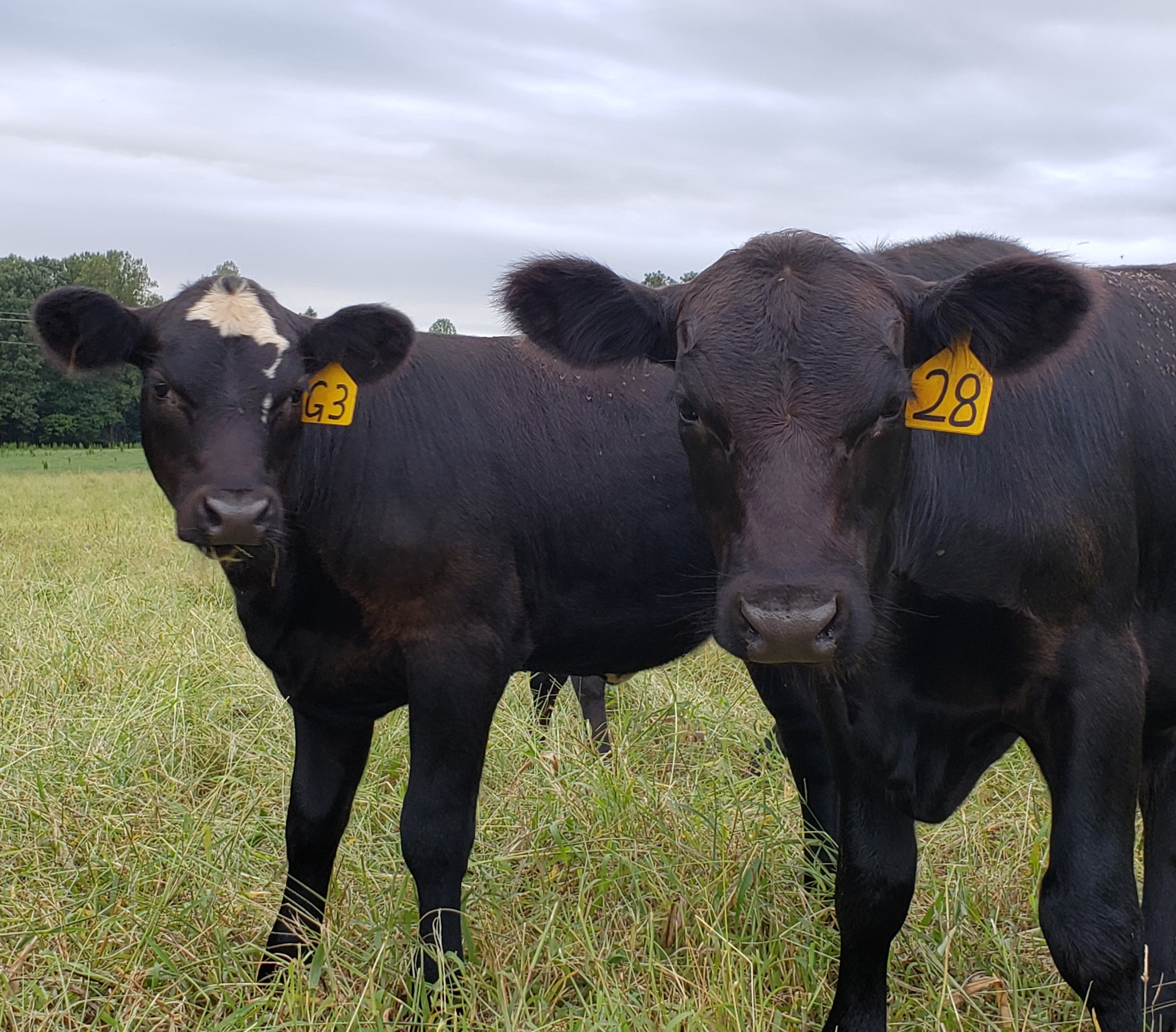Tips for Profitable Forage Production
go.ncsu.edu/readext?685877
en Español / em Português
El inglés es el idioma de control de esta página. En la medida en que haya algún conflicto entre la traducción al inglés y la traducción, el inglés prevalece.
Al hacer clic en el enlace de traducción se activa un servicio de traducción gratuito para convertir la página al español. Al igual que con cualquier traducción por Internet, la conversión no es sensible al contexto y puede que no traduzca el texto en su significado original. NC State Extension no garantiza la exactitud del texto traducido. Por favor, tenga en cuenta que algunas aplicaciones y/o servicios pueden no funcionar como se espera cuando se traducen.
Português
Inglês é o idioma de controle desta página. Na medida que haja algum conflito entre o texto original em Inglês e a tradução, o Inglês prevalece.
Ao clicar no link de tradução, um serviço gratuito de tradução será ativado para converter a página para o Português. Como em qualquer tradução pela internet, a conversão não é sensivel ao contexto e pode não ocorrer a tradução para o significado orginal. O serviço de Extensão da Carolina do Norte (NC State Extension) não garante a exatidão do texto traduzido. Por favor, observe que algumas funções ou serviços podem não funcionar como esperado após a tradução.
English
English is the controlling language of this page. To the extent there is any conflict between the English text and the translation, English controls.
Clicking on the translation link activates a free translation service to convert the page to Spanish. As with any Internet translation, the conversion is not context-sensitive and may not translate the text to its original meaning. NC State Extension does not guarantee the accuracy of the translated text. Please note that some applications and/or services may not function as expected when translated.
Collapse ▲Here are 6 tips to make your forage production system more efficient. Original article can be found at UT Forage Publication
1)Follow soil test recommendations for fertilizer and lime.
2)Add legumes such as red or white clover. This adds nitrogen, increases forage quality and reduces fescue toxicosis if you have KY 31.
3)Stockpile tall fescue in fall to lengthen grazing season. Grazing is cheaper than making hay.
4)Minimize hay storage losses. Round bales stored outside, on the ground, uncovered can lose up to 40% in volume due to rotting.
5)Control weeds. Contact the Extension office for help on timing and herbicide suggestions.
6)Use good grazing management. Controlling when and where the animals graze increases pasture efficiency.





